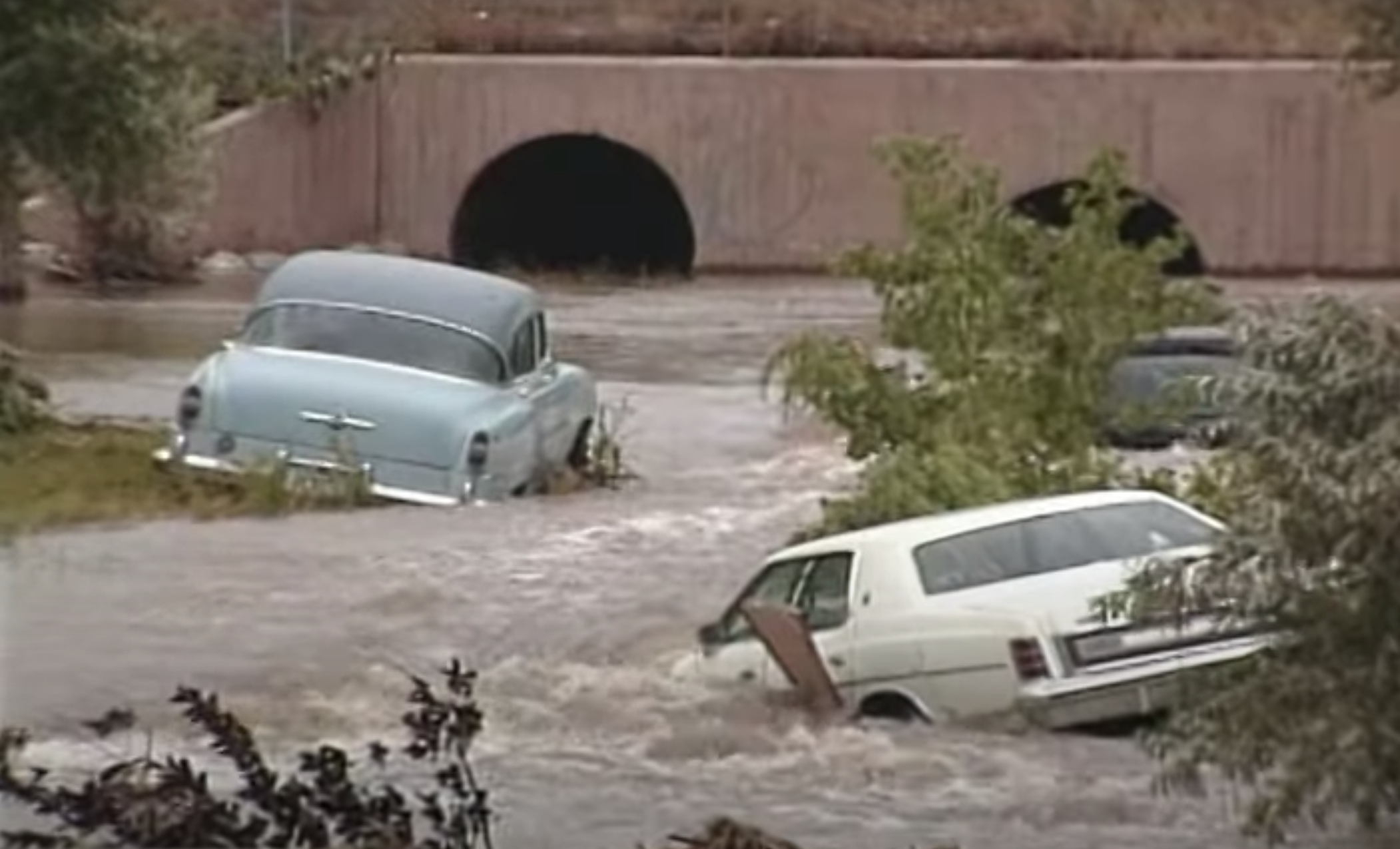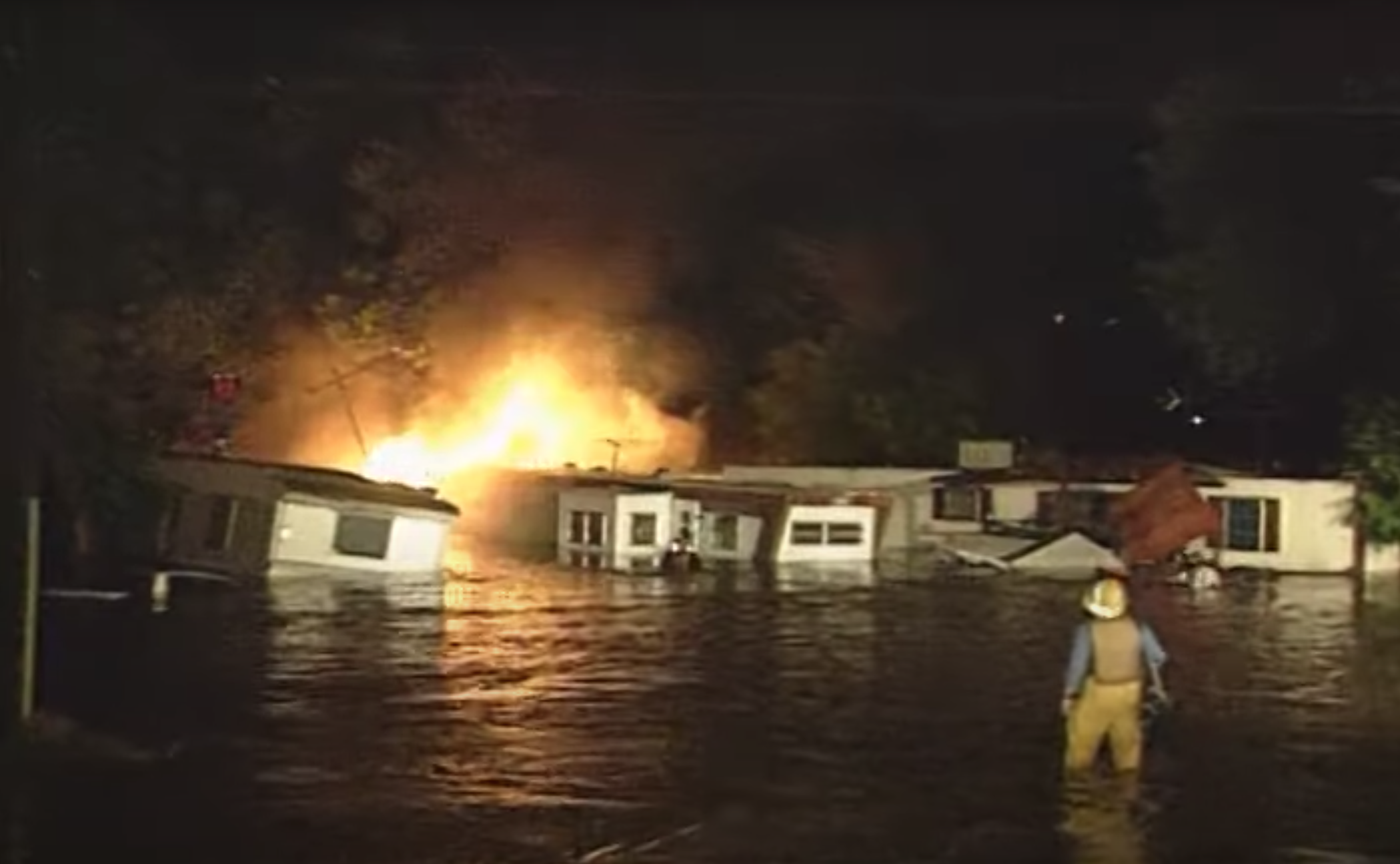
City of Fort Collins

Audio By Carbonatix
On June 28, 1997, a huge flash flood hit near Fort Collins after more than twelve inches of rain fell in a short amount of time. The next day, Sterling suffered a similar catastrophe. Several people lost their lives during the Colorado floods.
The Colorado Climate Center is tasked with creating post-storm reports. Without the help of citizens who had their own rain gauges, piecing together what had happened over those two days would have been a much harder task. Nolan Doesken, then the state climatologist for Colorado, recognized the benefit of those volunteer observers and created what is now the CoCoRaHS (Community Collaborative Rain Hail and Snow) network.
CoCoRaHS (pronounced “coco-rahz”) is a nonprofit, community-based group of volunteers who work together to measure and map precipitation, including rain, hail and snow. This network has been so successful since its start in Colorado over twenty years ago that it now has tens of thousands of volunteers across all fifty states, as well as Canada, Puerto Rico, the Virgin Islands and the Bahamas.
“We use the CoCoRaHS on a daily basis; it’s invaluable,” says Greg Heavener, who’s with the National Weather Service in Pueblo and is the southeast regional co-coordinator for the CoCoRaHS network in Colorado. “These daily observations, even the zeroes, help fill in the gaps between the automated weather stations and provide a bigger picture of rain/snow and even significant weather impacts across the region.”
Over 22,000 people now volunteer with CoCoRaHS; when they sign up, they receive a rain gauge (which they pay for), as well as instructions on how to take measurements at 7 a.m. and report in every day through an app or online.

Mobile homes surrounded by flood waters and flames during the Spring Creek flood of 1997.
City of Fort Collins
Keith Thompson joined the group in 2014 but didn’t become active until recently. “Last year, while rooting through some boxes in the garage, I came across the rain gauge,” he remembers. “I had a good spot in which to mount it and began taking observations. As of today, I’ve taken around 210 observations.”
He became so involved that he’s now the volunteer coordinator for CoCoRaHS in El Paso and Teller counties. “I’ve been approaching the job from a few angles,” Thompson says. “First, to foster a sense of community among the observers. Second, recruiting new observers and assisting new people in getting set up is important. Finally, through the newsletter and our Facebook page (El Paso County CoCoRaHS), I constantly encourage our observers and let them know that what they are doing is important.”
Chad Gimmestad, the senior forecaster at the National Weather Service in Boulder, appreciates their efforts; his forecasting clearly shows the benefit of volunteer weather observers. In fact, he’s also the regional coordinator for CoCoRaHS in Colorado, and is working on “expanding our network into unsampled areas,” he explains. “To fill in the holes from an operational meteorology or climatology perspective, there are places we want data where we haven’t had much, and CoCoRaHS has helped a lot with that.”
During the pandemic, more people are watching the weather than ever before. The CoCoRaHS network saw a 20 percent increase across Colorado; over 200 people joined up, swelling the ranks to 1,400 volunteers statewide who supplement National Weather Service and airport weather station reports.
Find out how to become a volunteer weather watcher with CoCoRaHS here.